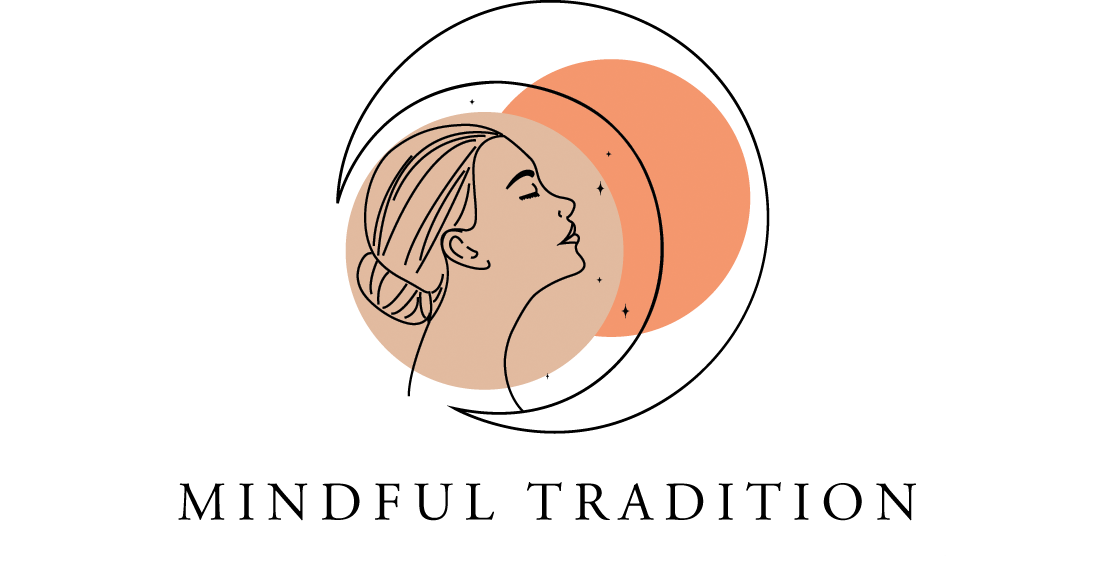Asana Tradition
Did you ever notice that every single yoga pose ends in asana? It’s no coincidence friend, asana is the sanskrit word for the physical movement of the yoga practice, it is also the 3rd Limb of Yoga as outlined in Patanjali’s Yoga Sutras.
Asana is all of the poses that we flow through while we are on the mat yoga. This is probably the most common part of yoga in any yoga class taught in the united states. While all of the classes I teach include pranayama (breath work), and meditation, the physical movement of yoga is what is mainly consumed in America.
To do just the asana without any connection to the other limbs of yoga cuts it off from its intended purpose. Yoga was not created for the sole purpose of looking baller in a pair of yoga pants. It’s just an added bonus.
The asana of yoga was created as a way to connect to the greatest truth of universe. That through the flow of yoga you can become one with these universal truths. The word asana mean “seat”. Particularly the seat one would take for meditation, so initially asana was just the pose one would take for their meditative practice. This pose was intended to create ease, alignment of the spine, and comfort to eliminate physical distractions while meditating.
As the great yogis of the past were meditating they would spontaneously move the body after hours of seated meditation. Now somewhere along the line after thousands of years of yoga their became some set poses that comprise the asana we do today. Again to be clear how we do yoga here in the good ‘ol U. S. of A. is very different how it is even practiced now on the other side of the world.
So how do you apply the intention of Patanjali’s 3rd limb to the current times?
First off, you don’t need yoga clothes, a matt or anything else to do yoga. You have all the tools you need right now to do this amazing work. Sure those things can be nice to have, but they are not necessary. Yoga was done for thousands of years on a carpet or blanket before Gaiam and all those other business came along bringing capitalism to this spiritual practice. This is an inward journey of discovering the divine universal truths that live in you. Never forget that.
Second, your body is a temple. So the physical care of it matters. It doesn’t mean you need to do a vigorous vinyasa flow, but intentionally moving it on a regular basis makes a big difference in the long run. I don’t do or teach really intense yoga because my body has sustained a lot of injuries, and I want to be doing yoga for another 50+ years. So it’s about doing what you can and caring for the spiritual temple that is your body.
Third, asana promotes disciple and the ability to concentrate which are the tools necessary to progress to the fourth Limb of Yoga. In your practice your teacher will guide you through a practice, and through that surrender to follow the teacher you commit to your time on the mat. That in itself is a divine gift and a noble undertaking in this age where we are constantly overstimulated and multitasking.
Fourth, if asana means finding a seat of comfort, ease, and alignment where in your asana practice can you find these things? When we choose a variation of a pose that is akin with our bodies needs we can truly experience asana. I am a yoga teacher that has torn a meniscus in my right knee, have a herniated disc, and carpal tunnel in both hands. I choose to do yoga in a way that honors those experience that my body has lived through and brings comfort, ease and alignment to my physical practice on the mat.
If you are reading this and ready to jump on the asana boat then awesome! You can check out my events page for the group classes that I teach in person or remotely, or if you prefer you can book a consultation where we can create an asana practice tailed to your needs and goals. Either way you go you are going to get a whole lot more than asana. I hope this resonates with you and you are ready to start your Asana Tradition today.
*Photo Credit to Inga Mucha Photography
